Mega-wut? Making sense of energy metrics
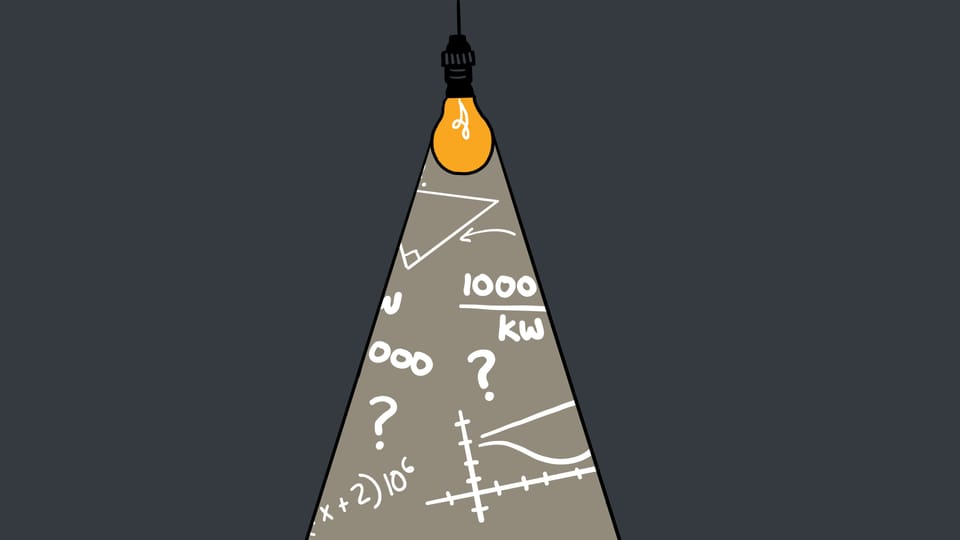
When I first started learning about clean energy, I struggled to contextualize the many numbers, units of measurement, and abbreviations that get thrown around. ‘California plans to build 5 gigs of offshore wind by 2030,’ one podcast host would intone, causing the other to chuckle heartily.
What does that mean? Why is it funny? Is it funny because it’s a lot or a little?
But with repeated exposure and some childish mnemonic devices, I’ve gotten a better handle on things. This is my attempt to make the metrics easier for you than they were for me.
The fundamentals
1. What is power?
Not a rhetorical question! In physics, power is clearly defined:
Power is the rate at which energy is transferred.
I can already hear alarm bells ringing for the non-STEM crowd (myself included), so let’s take a minute to break that down.
Power is a rate.
Other examples of rates: miles-per-hour, heartbeats-per-minute, coffees-per-Green Juice post.
Power is the rate at which energy is transferred.
This is counterintuitive and sounds a little woo-woo, but it’s an established fact of the universe: energy can neither be created nor destroyed. Energy can only be transferred, or transformed, from one incarnation of itself to another. Want to debate me? I direct you to the first law of thermodynamics, which states:
Energy can neither be created nor destroyed, only altered in form.
When you eat a granola bar, you’re not destroying the granola bar’s energy. Rather, your tummy is converting the chemical energy stored within the granola bar (measured in calories) into another form of energy: kinetic energy, if we're moving around; heat or ‘thermal’ energy, which keeps us warm; and electrochemical energy, which allows us to think about cool stuff.
The energy we get from absorbing food into our bodies is eventually converted into ‘waste heat,’ which gradually dissipates into the air around us. (I know what you’re thinking: what about poop? Well, we don’t absorb 100% of the food we eat. Our excretions are chock-full of undigested chemical energy; hence, manure.)
Crazy stuff!
Let’s get back to power.
Power is the rate at which energy is transferred, and watts are the most common metric we use to measure power.
2. What’s a watt?
Watts are the standard unit of measurement for power.
The definition of a watt: one joule per second.
[Alarm bells clanging]
A ‘joule’ is just a metric for measuring energy. One joule is about the amount of energy it takes to lift a granola bar one meter.
And remember, power is a rate.
So if something is rated for one watt of power, that means it can lift a granola bar at a rate of one meter per second.
Fun fact: the average adult consumes (but doesn’t destroy!) about 8 million joules a day. If you divide that by the number of seconds in a day, we find that people run at an average power of just under 100 watts.
Here are some more relevant examples of wattage:
You might be wondering: how can a solar panel be rated 400 watts if it doesn’t work at nighttime? Or an onshore wind turbine rated 2,500,000 watts if it’s not always windy?
Great question. When we discuss something’s wattage, we assume ideal conditions.
On a cloudy day, our solar panel might max out at 50 watts—but it’s still a 400 W panel. The same holds true for the 2.5 MW onshore wind turbine.
A nuclear power plant is much less ‘variable’ than a solar panel or a wind turbine: once it’s up and running, a nuclear power plant almost never gets turned off (it’s a huge pain in the ass to start up again). Therefore, a nuclear power plant generates 1 GW per reactor effectively nonstop, every hour of every day. And most nuclear plants have at least two reactors.
Mnemonic device:
Here’s how I remember nuclear power plants produce (but don’t create!) 1 GW per reactor:
Nuclear reactors are radioactive → Godzilla is radioactive. Nuclear = 1 Godzilla Gigawatt per reactor
3. Watt names change in units of 1,000
Watts, as you may have discerned, work like the metric system: once you reach a thousand watts, buddy, you’ve got yourself a kilowatt (kW). A thousand kilowatts? That’s a megawatt (MW).
(The k in kW is always lowercase because the Kelvin called dibs on using capital K)
Here’s the order:
1,000 watts = 1 kilowatt (kW)
1,000 kW = 1 megawatt (MW)
1,000 MW = 1 gigawatt (GW)
1,000 GW = 1 terawatt (TW)
What comes after a terawatt? Nobody knows! Just kidding, it’s called a petawatt (PW), but don’t worry about it. The global power generation capacity in 2022 was just under 9 terawatt (TW).
Put another way: if every solar panel, wind turbine, hydroelectric dam, geothermal plant, natural gas power plant, coal power plant, and nuclear reactor in the world were cranking at capacity at the exact same time, they’d have a combined generating capacity of 9 TW.
9 TW = 9 billion watts! That’s a lotta power.
But is it a lot of energy? Well, that depends. How much time you got?
4. Energy = Power x Time
Confession: I did not take physics. I took a class called ‘chem-phys’ which was for the… lower wattage kids. But somehow I remember this formula:
Energy = Power x Time
If you read the Green Juice grid explainer, you know that our power grid has no inherent ability to store energy. It’s hard to believe, but when you flip on a light switch, the electricity the light bulb suddenly demands is generated at that exact moment, most likely at a gas power plant far away, and then gets sent to your living room via power lines at near-light speed.
As we transition away from methane gas-burning power plants to a world powered by 100% renewables, the grid’s inability to store energy becomes a bigger and bigger problem. Why? Because, once again, wind and solar power only work when it’s sunny and windy. Our glorious society, however, uses most of our energy after dark, when we’re all home for the night roasting veggies, blasting the A/C, and streaming British television shows.
So for a renewable energy-powered grid to work, we need to be able to store some of the extra sun and wind energy we generate during the day for later use. Otherwise, the grid won’t be able to meet the energy demand, electricity will become super-expensive, and the whole system will crap out, leaving us all in a terrifying new dark age.
Right, so:
Power x Time = Energy
Power (measured in kilowatts) x Time (measured in hours) = Energy (measured in kilowatt-hours)
Power (kW) x Time (h) = Energy (kWh)
The kilowatt-hour (kWh) is the most commonly used unit of measurement to describe something’s energy storage capacity, i.e. the maximum amount of kilowatt-hours a battery can hold.
Tesla (boooo! fuck you, Elon!) makes a lithium-ion home battery called the Tesla Powerwall. Folks who own a Powerwall charge it during the day, when clean energy is cheap and abundant (typically using their own rooftop solar panels), in order to deploy it later when the power grid is at its ‘dirtiest’ and electricity is the most expensive.
This is an example of an important clean energy concept called ‘arbitrage’. Basically, you can make money by storing energy when it’s cheap and selling it back to the grid when it’s expensive. Buy low, sell high. Clean energy economics 101!
The Tesla Powerwall 3 has a storage capacity of 13.5 kilowatt-hours (kWh). This means that a fully charged Powerwall 3 could theoretically deploy 13.5 kilowatts of energy continuously for one hour straight.
In reality, the Powerwall isn’t powerful enough to transfer energy at such a high rate, and besides, no normal household would ever use 13.5 kWh of energy in a single hour.
Why not?
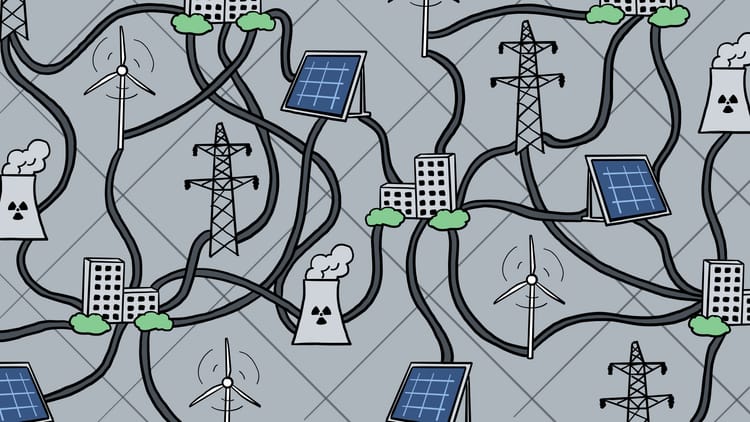
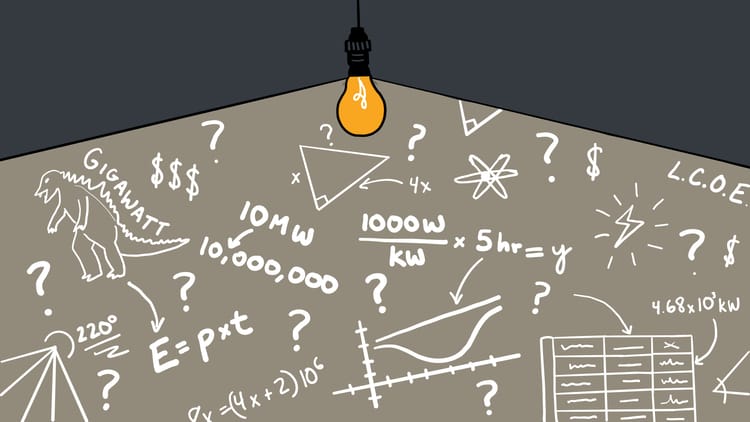
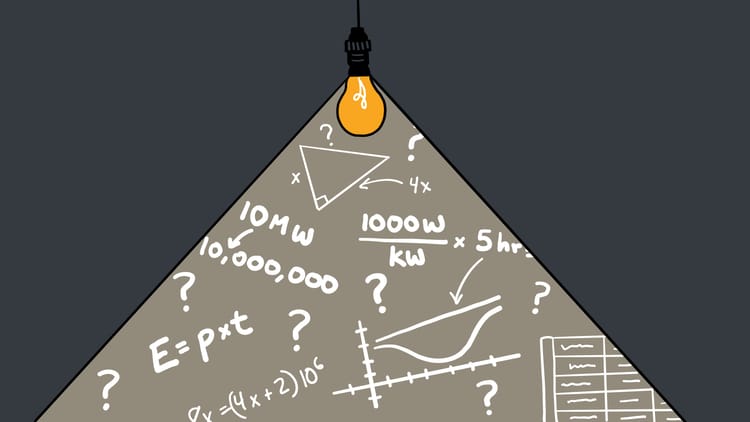

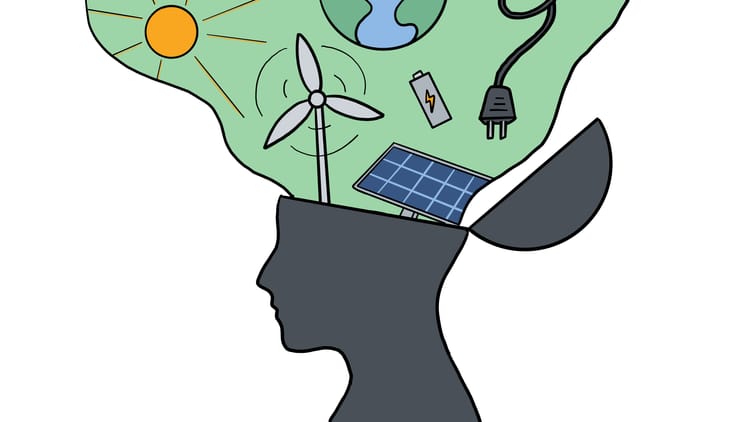
Member discussion